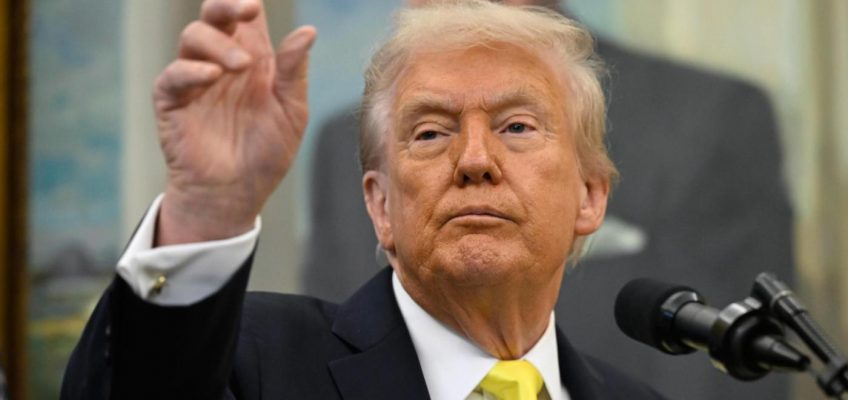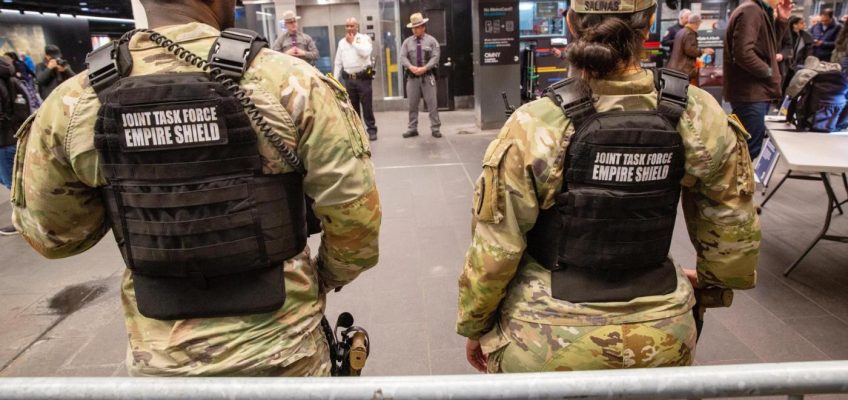The legislation prohibits property owners or managers from using software that relies on private information to set rents, what lawmakers say amounts to price-fixing and artificially inflates the cost of housing.
A “for rent” sign in Brooklyn. (Photo by Jeanmarie Evelly)
Gov. Kathy Hochul will sign a slate of housing-related bills into law on Thursday, including legislation that bans landlords from using certain algorithm-based software to set rents—what critics say amounts to collusion and price-fixing—and another aimed at tackling racial bias in home appraisals.
The move makes New York one of the first states in the nation to target the use of rent-setting software, which Hochul first announced as a priority in her State of the State address earlier this year. This month, California passed a broader ban on algorithmic pricing, and a slew of cities have also prohibited the practice when it comes to housing costs.
The bill’s sponsors, Assemblymember Linda Rosenthal and State Sen. Brad Hoylman-Sigal, argued in a City and State op-ed in June that the use of real estate management software like RealPage—the target of a U.S. Department of Justice antitrust lawsuit under the Biden administration in 2024—allows landlords to access propriety information, like lease renewal rates, in order to inflate rents and maximize profits.
“If landlords were meeting in person to discuss their prices, make changes based on what they learned from each other, and agree on a set of prices that most benefits them, then we would call that what it is, price fixing, and it would be illegal under both federal and state law,” the lawmakers wrote at the time.
“With today’s [bill] signing, New York’s antitrust laws have been updated to reflect the deleterious impact that algorithms can have on tenants and the real estate market,” Rosenthal said in a statement Thursday.
Other legislation signed this week by the governor—who has until the end of the year to act on hundreds of bills the state legislature passed before its session ended in June—aims to combat discrimination in the home appraisals process.
A 2022 study from a sociologist at the University of Illinois Chicago, first reported on by Bloomberg CityLab, looked at nationwide housing data and found that “homes in white neighborhoods were appraised as worth $408,000 more, on average, than similar homes in
comparable communities of color.”
This practice exacerbates an already stark racial wealth gap, Gov. Hochul’s said in a press release Thursday. The newly signed bill, sponsored by State Sen. Brian Kavanagh and Bronx Assemblymember George Alvarez, makes it a violation of the state’s Human Rights Law to discriminate based on race, creed, sexual orientation and other factors when providing real estate appraisals.
Another bill Hochul signed onto Thursday will expand a 2019 law regarding security deposits to cover more tenants. The earlier change requires landlords to return a security deposit, or the reminder of the deposit after damages, within 14 days of a tenant moving out. The rule previously applied only to renters in market-rate apartments; it will now include those in rent-regulated units.
“With this legislation, we’re opening more doors to homeownership and strengthening protections for renters—because every New Yorker deserves the fair chance to build a better life in a home they can afford,” Hochul said in a statement about the bills.
To reach the editor, contact Jeanmarie@citylimits.org
Want to republish this story? Find City Limits’ reprint policy here.
The post Governor Signs Bill Banning NY Landlords From Setting Rents via Algorithms appeared first on City Limits.




